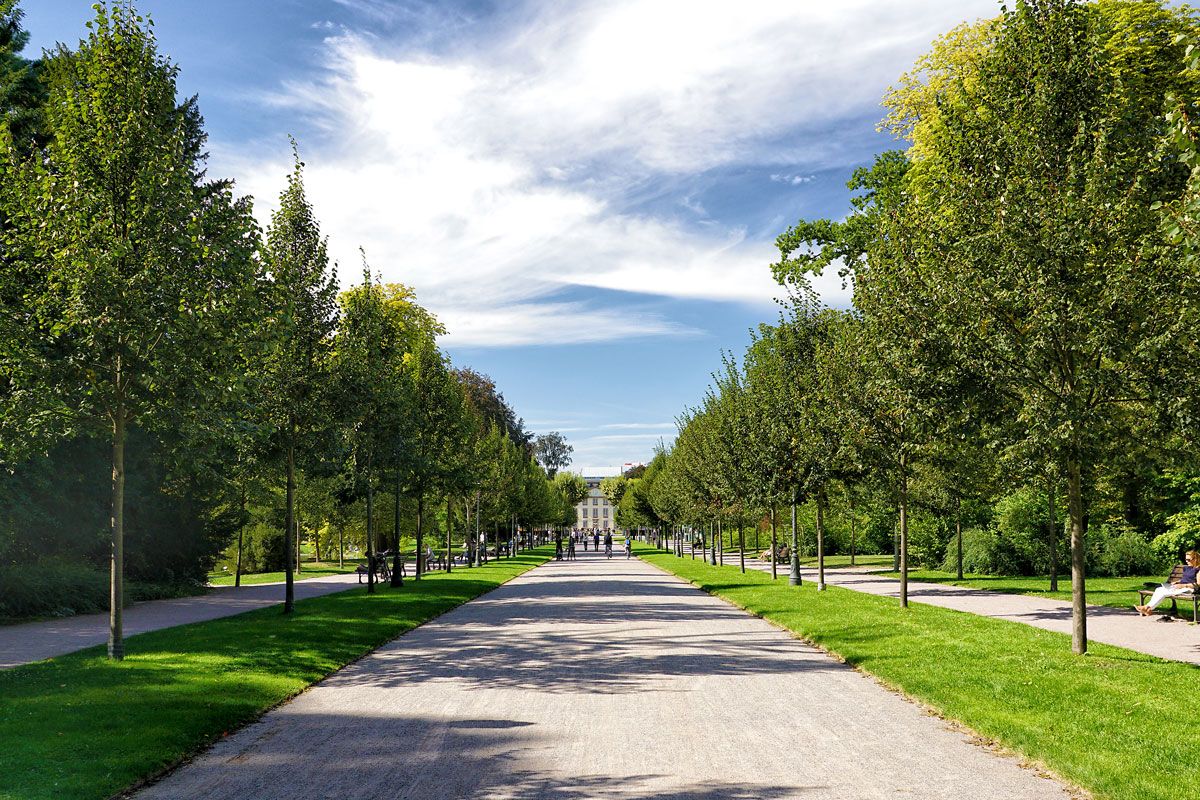Every city has its must-see park. In Strasbourg, it's undoubtedly the Parc de l'Orangerie. Built in the 17th century, it is the city's oldest park and also its largest (26 hectares). It's probably the favorite park of the people of Strasbourg, who love to stroll, jog, take the kids out to play, picnic... or take their wedding photos under the kiosk or the arches of the rose garden. Just a stone's throw from the European institutions, it's also a very cosmopolitan park, where you can hear many languages rubbing shoulders.
For me, it brings back memories of family outings on Sundays when I was a child, with our boat rides, merry-go-rounds or visits to the animals at the mini-zoo. Today, I take my daughter to the Orangerie. She simply loves going to the play areas, riding her bike, having a snack and, like me at her age, driving (or pretending to drive) a vintage car. If you don't know it yet, or don't know its history and treasures, I'd like to take you on a tour of my favorite Strasbourg park.
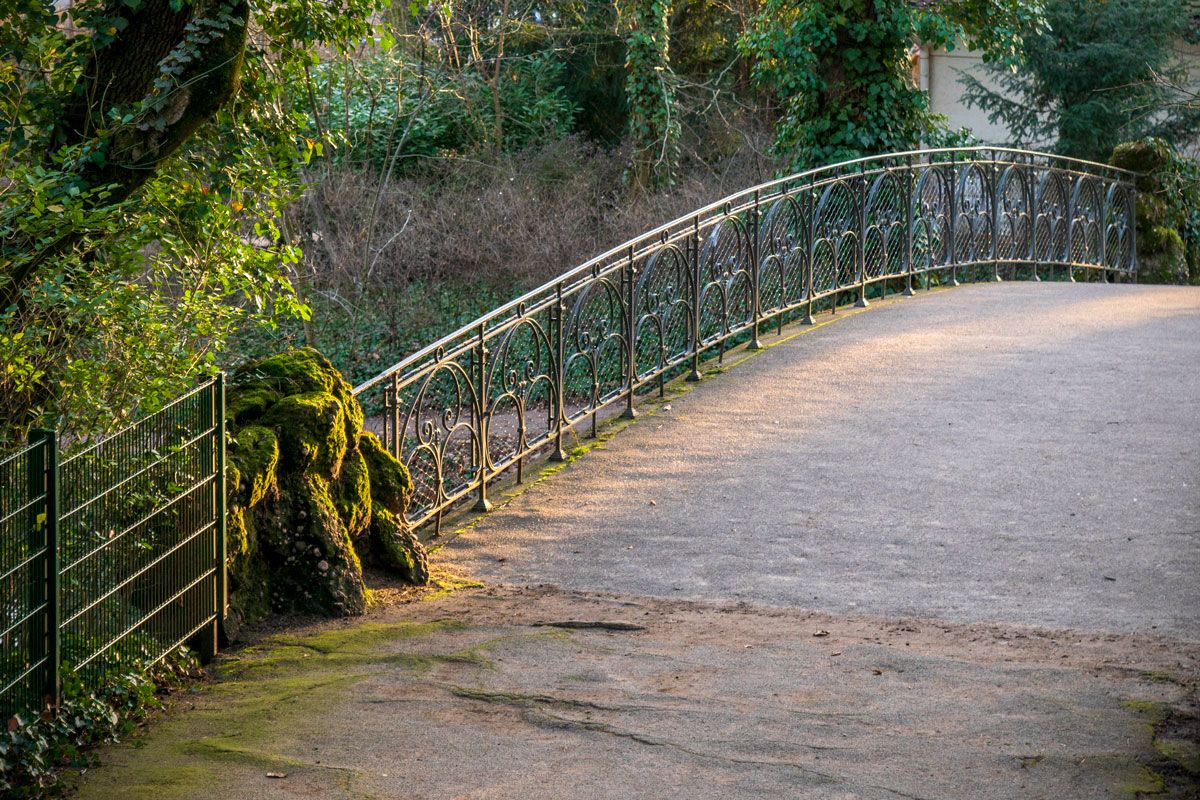
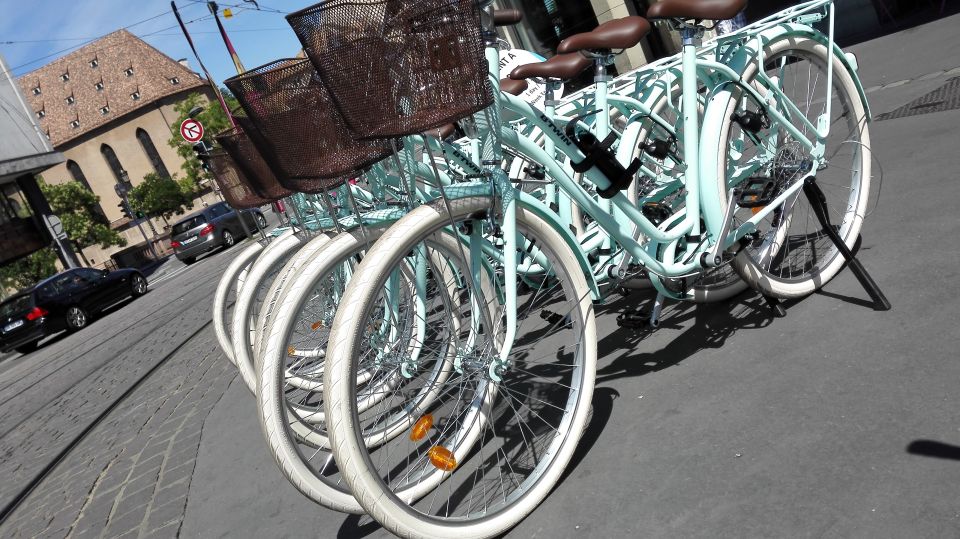
Strasbourg: 1-Day Bike Rental
Rent a beautiful bike for a day and discover the beauty of Strasbourg. Ride safely and take in the main sights such as the European Parliament and the Cathédrale.
Parc de l'Orangerie: why the name?
Let's start with a bit of history. In 1692, Marshal d'Huxelles, commander of the Strasbourg square, had a large driveway built towards the Robertsau to train horses. A few years later, a park was built with two walkways lined with lime and elm trees. The garden was laid out in the French style, with regular, geometric shapes, as was customary in the Kingdom of France at the time. It quickly became a popular spot for the people of Strasbourg.
During the French Revolution, the park became a meeting place for Republicans. At the same time, the 138 orange trees of the Château de Bouxwiller were confiscated from the Hanau-Lichtenberg family and ceded to the town in 1801. A pleasure pavilion was built in 1804 by architect Valentin Boudhors to house these exotic plants. It also pays homage to Empress Josephine, in a bid to win Napoleon's favor. It's easy to see why the park is called the Orangerie and the Pavillon Joséphine.
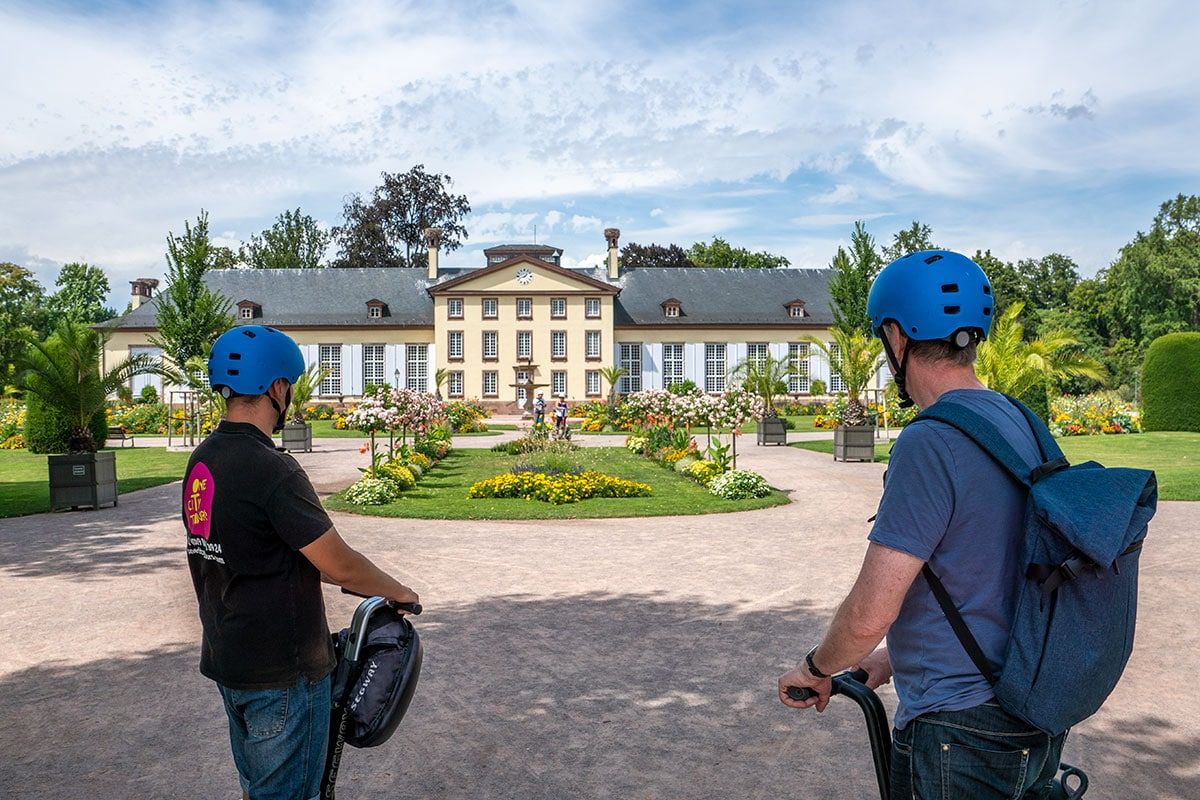
In 1968, a fire destroyed the Pavillon Joséphine and the collection of orange trees dating back to 1793. Originally made of wood, the pavilion was rebuilt identically, this time in stone. As for the orange trees, only three survived the fire and are preserved in the park's greenhouses.
From 1830 onwards, the park took on the appearance of an English garden. It features small, winding paths and wilder-looking plantings, in contrast to the symmetrical compositions of the French garden.
What is an "orangery" in France?
An orangery, traditionally made of stone or steel with large glass openings and a greenhouse-type roof, is designed to shelter orange trees during the winter.
An opaque wall protects against the wind, and its south-facing orientation optimizes light and temperature.
Initially designed to protect plants, these structures have been used for a variety of events since 1871 when they don't contain trees.
It can also define a part of a pleasure garden planted with orange trees.
In the footsteps of the Great Exhibition of 1895 in Strasbourg
At the end of the 19th century, Strasbourg became German and had to become a showcase for the Empire in artistic, architectural and economic terms. In 1895, the city hosted an industrial and craft exhibition in the Parc de l'Orangerie, which was profoundly transformed. The park was enlarged and landscaped for the occasion. A lake was dug, accompanied by a waterfall. Several wooden pavilions and exhibition and catering buildings were built in just a few months, covering an area of almost 25,000 m². In place of the bowling alley, a large restaurant and banquet hall welcomed visitors. Unfortunately, the building had fallen into disrepair due to lack of maintenance, and was demolished in 1961.
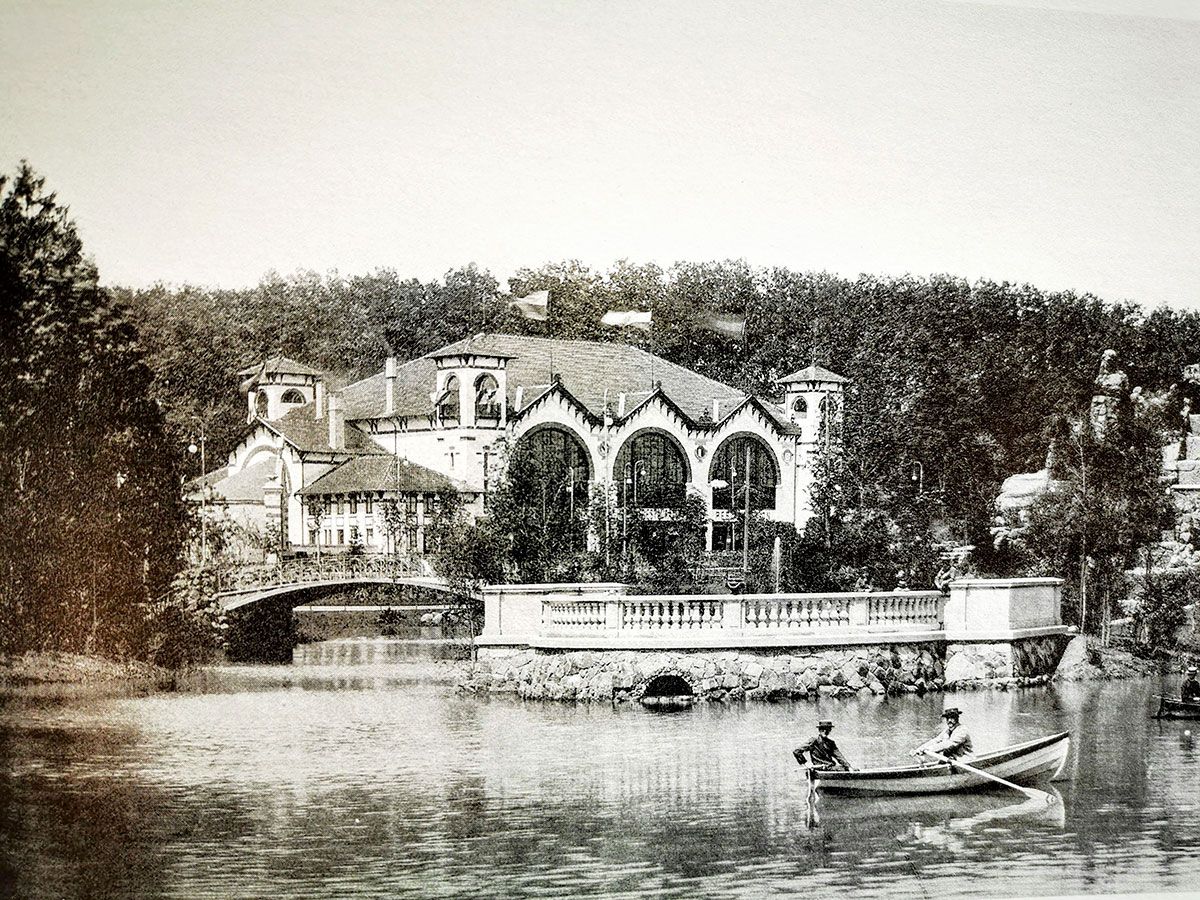
The only vestige of the great exhibition of 1895 is the farmhouse that still stands in the park. This old Alsatian farmhouse dating from 1607 was located in Molsheim. It was dismantled piece by piece, then transported to Strasbourg to be reassembled in the Orangerie park and originally used as the head gardener's home. Today, it houses the Westermann family's prestigious Michelin-starred Buerehiesel restaurant.
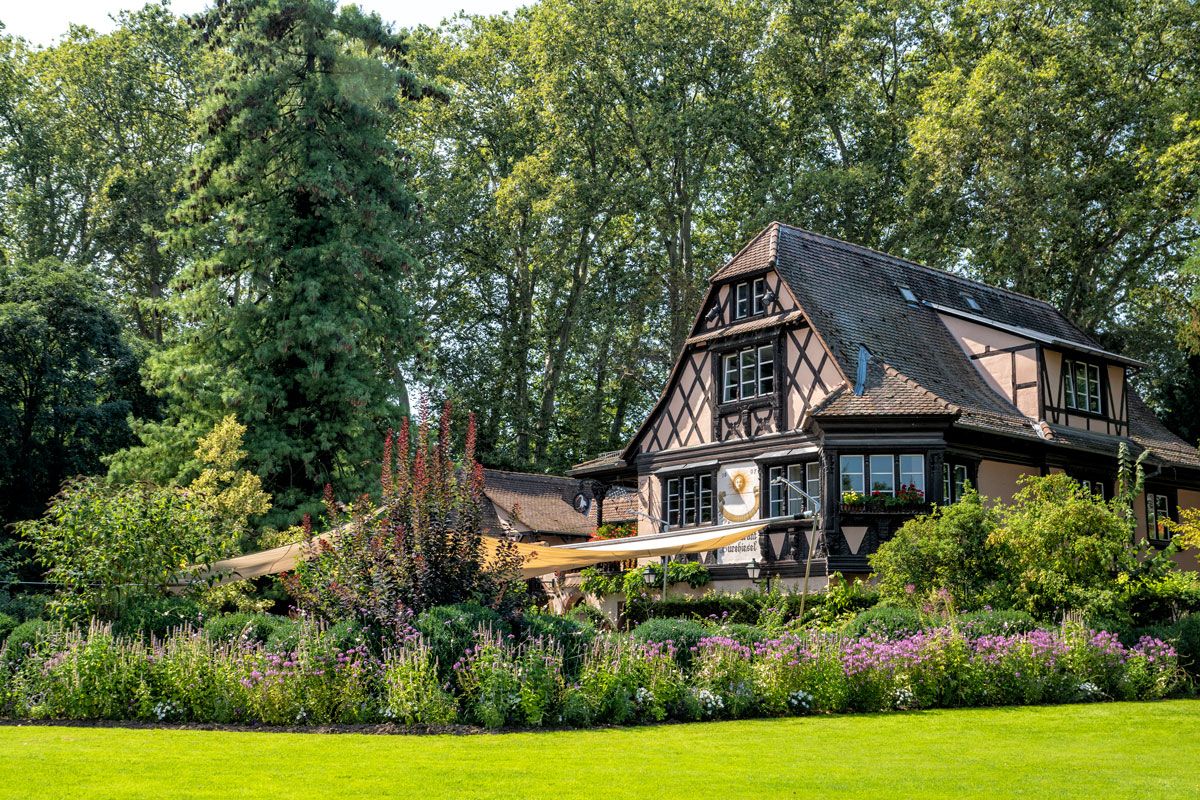
Lots of activities for children in the Orangerie Park
When I ask my daughter where she wants to go and play, there's a good chance she'll choose L'Orangerie. The park is just a 10-minute bike ride from Neudorf. We ride along the ponds to the Russian Orthodox Church, which my daughter loves with its castle-like appearance. Arriving at the Orangerie, we're spoilt for choice. There are 3 children's play areas: one for the little ones near the bowling alley, a wooden one next to the mini-zoo and one with a boat-shaped structure near the vintage car carousel. In short, there's something for everyone, from swings to monkey bridges to slides...
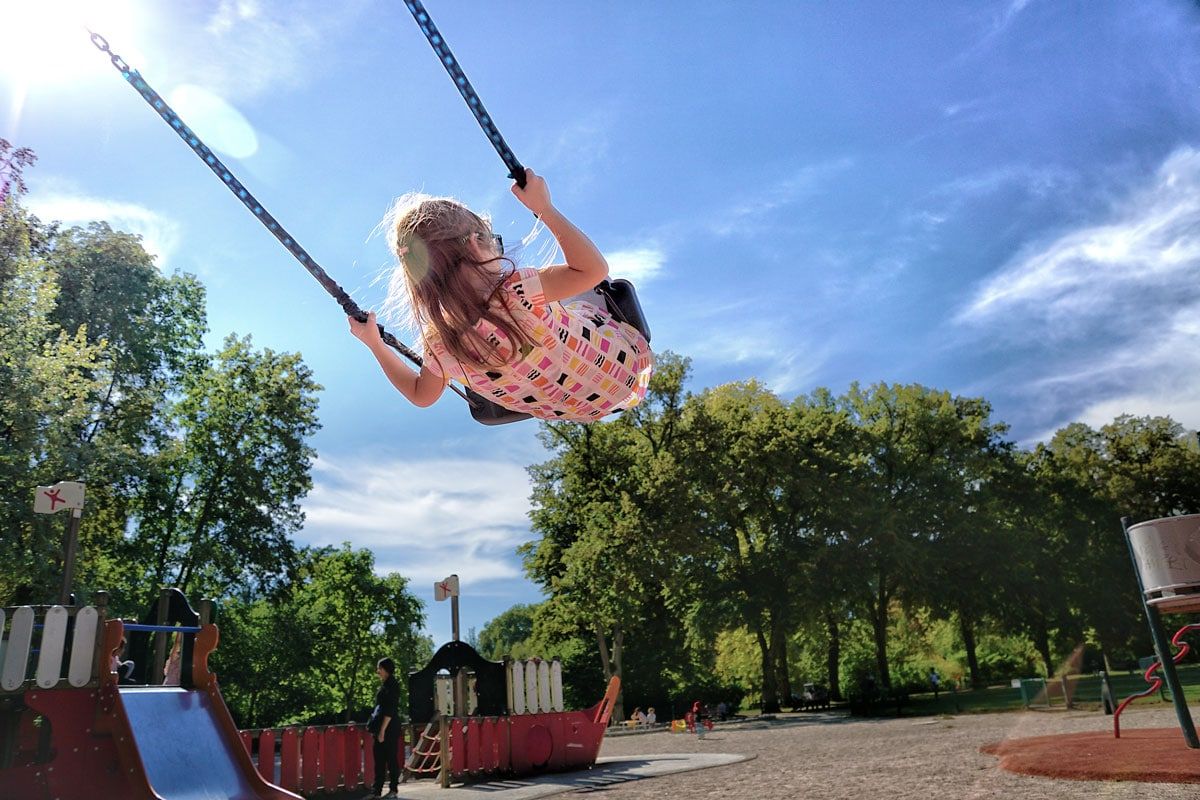
From time to time, my daughter takes a ride on the "driving school" merry-go-round. You should see the big smile on her face when she starts driving her retro car, taking mom or dad for a spin. It's even more fun to think that I was doing the same at her age. I also remember the boat rides. They're still there, popular with families and lovers alike. The setting lends itself perfectly to a trip around the lake with its romantic waterfall under the bridge and back to the kiosk.
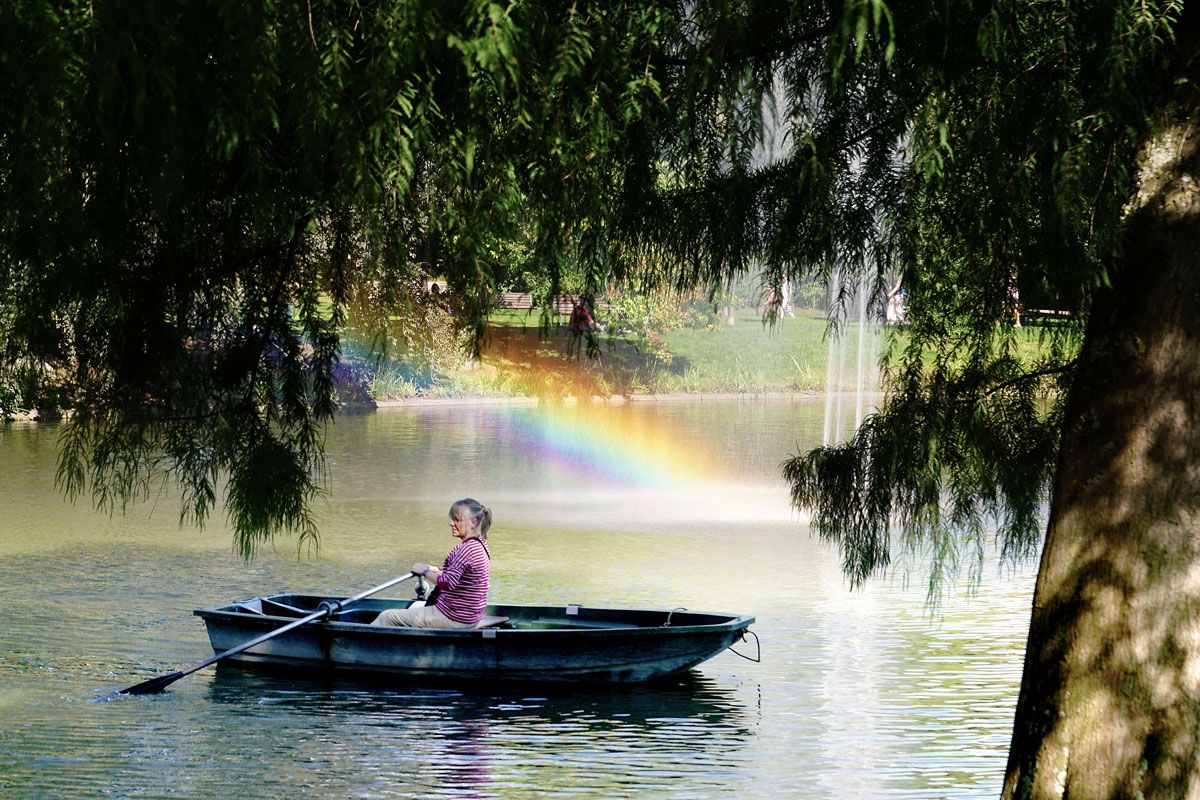
There's one animal that's king of the Orangerie park, and that's the inevitable stork, the symbol of Alsace. This bird accompanies us with its snapping beak. The park is home to Alsace's first stork reintroduction center, built in the 1960s. Here you can see the little stork chicks that will later fly over the park and the Quinze district. If you look up, you'll see many nests in the trees or above the Pavillon Joséphine.
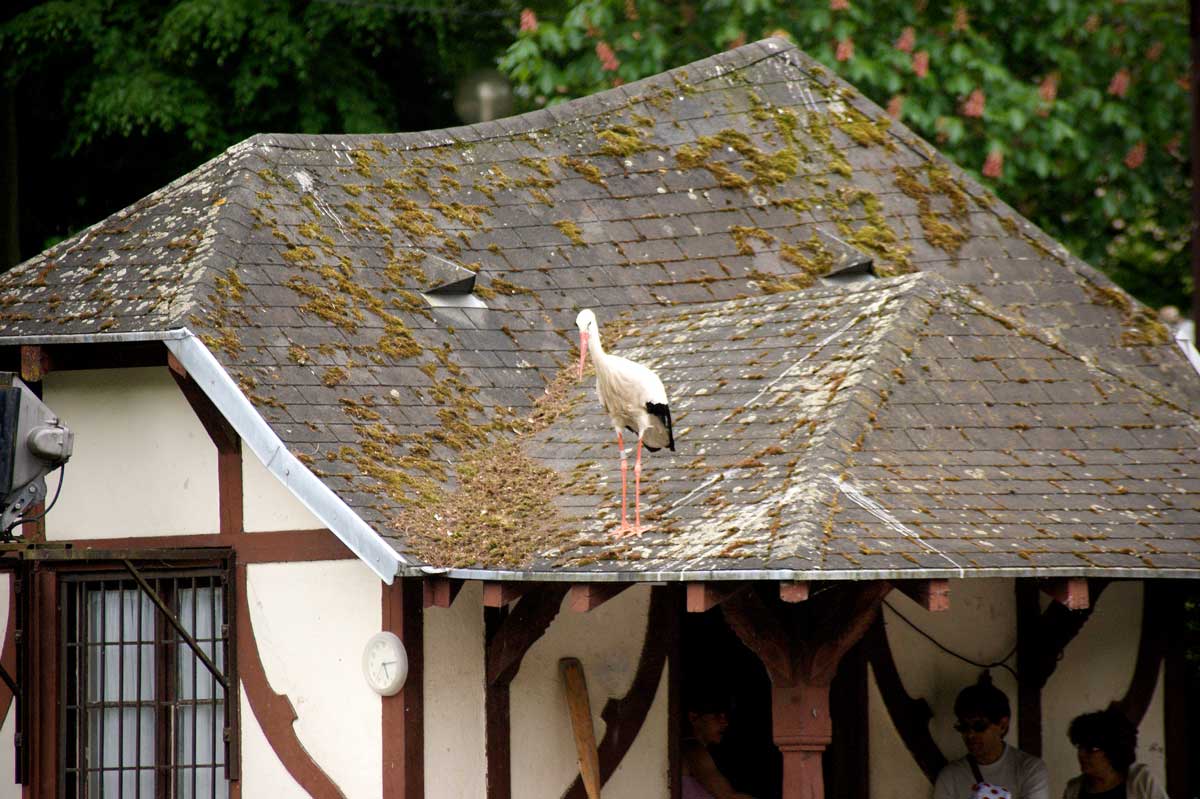
The Book Shack
The Parc de l'Orangerie is the perfect place to relax. While the little ones love to come and play or ride their bikes, the grown-ups love to stroll along the little paths, enjoy the flowers or just relax on the grass and read a book. Forgot to take one with you? No problem! At the entrance to the park, at the junction of Boulevard de l'Orangerie and Rue Richter, you'll find a pretty little book shack. Installed here since 2011, it allows you to borrow books free of charge and on a self-service basis. The collection is quite eclectic. There are books in French, German, Spanish and English. There are books for children, scientific journals, photo books and novels.
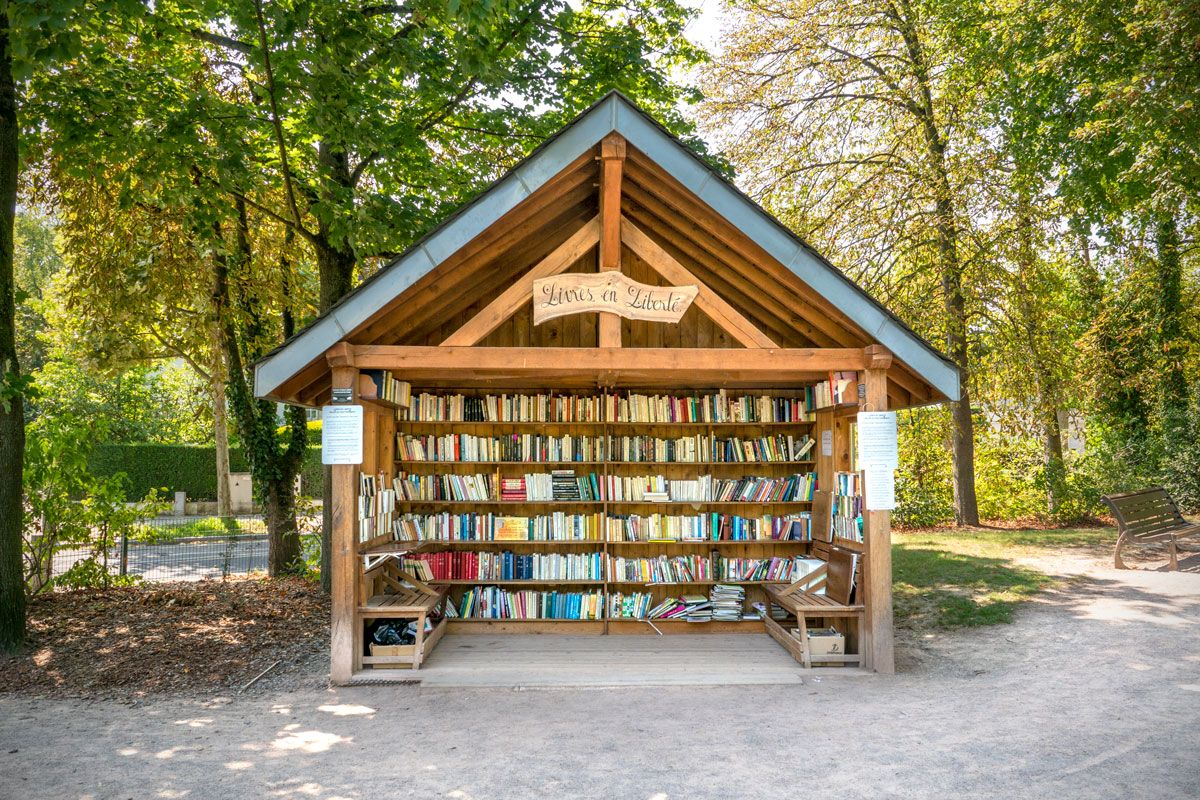
The concept is not new. It was inspired by the Little Free Library created in 2009 in Wisconsin, USA. But at L'Orangerie Park, it's a far cry from the little box on a neighborhood street corner. The books are housed in a pretty little wooden house built in 2016 by a team of Compagnons du Devoir. Unfortunately, this is the third one, as the previous two were burnt down in 2012 and 2015. Let's hope this one lasts longer.
Gänseliesel, Hercules slaying the Lion and other Orangerie treasures
Strasbourg's largest park is richly decorated and boasts a number of treasures that don't get much attention. Have you noticed this peasant woman and her basket being chased by a goose? This is Gänseliesel ("Goose Lison"), an emblematic figure of Alsatian rural culture. The statue is the work of Albert Schutz. Originally located at the Ancienne Douane market, it was transferred to the Orangerie in 1900.
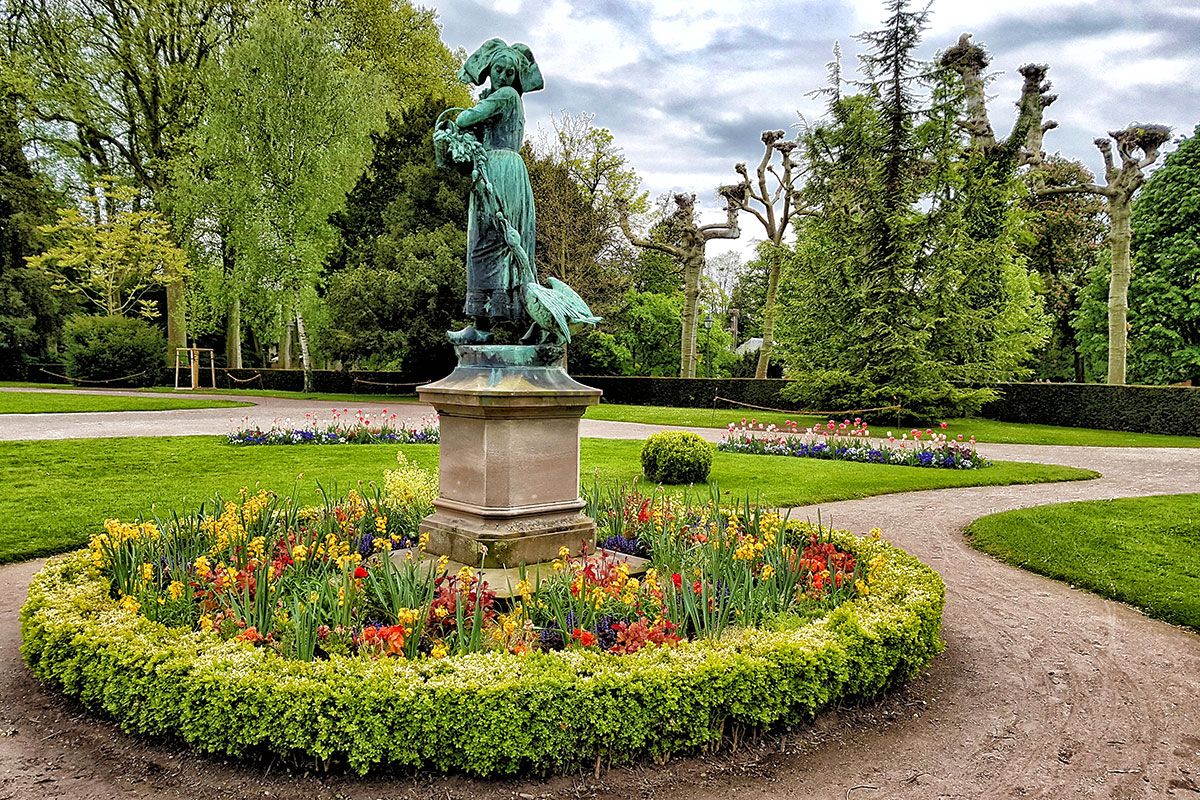
The Orangerie park also boasts 2 sculptures by Alfred Marzolff. The name may not ring a bell, but you've already seen some of his sculptures around town. The 4 men on the Kennedy Bridge are by him. The lion above the prefecture, him again. The richly sculpted house next to the Lycée des Pontonniers? It was his, a veritable showcase for his work. In the park, you'll find the first sculpture near the playground and the Marne-Rhine canal. It's Hercules slaying the lion. Opposite the Pavillon Joséphine stands a bust of the composer Victor Nessler.
Other works of art adorn the park's pathways. Near the Pavillon Joséphine, a temple of sorts beckons. This is the Puit Voleur, a work by Alsatian artist Patrick Bailly-Maître-Grand, created for the CEAAC, which shows an image of the moon at the bottom of the well. You can also pass Pierre Pflimlin, former Mayor of Strasbourg and President of the European Parliament, strolling along. The bronze statue was created in 2007 to mark the 100th anniversary of his birth. It stands at the entrance to the park on the Council of Europe side. In the same corner, you'll also find the octroi pavilion in the shape of a small antique temple in pink sandstone. In the past, it was used to levy taxes on products from outside the city. Today, it is occupied by a permanent Kurdish demonstration.
Frequently asked questions about the Parc de l'Orangerie
When was the Parc de l'Orangerie built?
The park was built in 1692 to train army horses. It was laid out in the French style around 1730, welcomed orange trees in the Josephine pavilion in 1804 and then hosted the Great Exhibition of 1895.
Why the name l'Orangerie?
The park was once home to 138 orange trees confiscated from the Château de Bouxwiller during the French Revolution. They were burnt down in the fire at the Josephine Pavilion in 1968, with the exception of 3 orange trees.
How do I get to the Parc de l'Orangerie?
By streetcar, take line E towards Roberstau and get off at the "Droits de l'Homme" stop. We advise you to come by bike. Otherwise, there are parking spaces near the bowling alley, along the allée de la Robertsau and Boulevard de l'Orangerie.
What's there to do in Parc de l'Orangerie?
There are games for children, a boat ride, a vintage car merry-go-round, a book hut and ice-cream stands.

